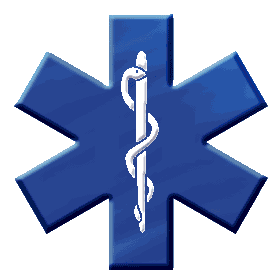B. Laute Ambulances
private ambulance services
15 Rue Des Anemones
7134 Ressaix, Belgium
(+32) 0489-797-562
Ambulance transport for obese people
Ambulance Transport for Obese People with Ambulance Laute: Comfort and Safety Adapted to Your Needs
At Ambulance Laute, we understand the unique challenges that bariatric patients face when requiring medical transport. Our specialist team is equipped to provide an ambulance transport service tailored to the specific needs of bariatric patients, ensuring both comfort and safety throughout the journey. With specially equipped vehicles and trained staff to ensure adequate support, we are committed to providing a stress-free and non-judgemental medical transport experience. Explore our services today and let us accompany you on your journey to wellness, with the respect and dignity you deserve."

Ambulance transport for obese people
Ambulance transport of an obese person
One of the biggest difficulties in our profession is transporting an obese person by ambulance. You should know that most stretchers have been designed to transport a person weighing a maximum of 120 kg. Beyond this weight, specially reinforced and very expensive equipment is required. We have stretchers that allow us to take care of people weighing 250 kg.
The fact that a person is of a stronger constitution does not take away from their rights to receive care, it will even sometimes be necessary to be more vigilant because obesity can also lead to serious heart diseases, the transport by ambulance of an obese person will also require fairly strong personnel, we sometimes call on external reinforcements such as the firefighters but most of the time it is men from our teams who come on site to help their colleagues. An obese person will often require a specially equipped ambulance, something that we have of course studied and developed.
A person can be considered obese already at around 100 kgs, beyond this weight it can become difficult for a two-man crew to take charge of a patient, especially since we recommend that they do not take any risks for themselves or for the patient, in fact transporting an obese person by ambulance can involve dangers compared to other transport, risk of dropping the patient, risk of twisting their back, risk of getting stuck in a corridor etc... all this is therefore calculated before taking charge of the patient and the ambulance drivers will have to assess whether they can take them safely or call for reinforcements.
We are often called by competing services to transport an obese person by ambulance , firstly because their stretcher in most cases cannot support the weight of the patient, then because they are neither accustomed nor equipped for this type of transport. Any transport of an obese person must be subject to rapid observation to judge the means that will be necessary, and above all without risks, it would still be a shame to go and get a patient and worsen his state of health due to poor handling, the ambulance drivers must also ensure that they do not damage their backs by lifting the patient, and it will also be necessary to assess where and by what means to evacuate the patient, for example if he is upstairs, if he fits in the elevator or not when there is one, if not to what extent and how to bring him to the ground floor without taking the risk of falling with him down the stairs. All these calculations may seem trivial, but they are of crucial importance to the success of our mission.
